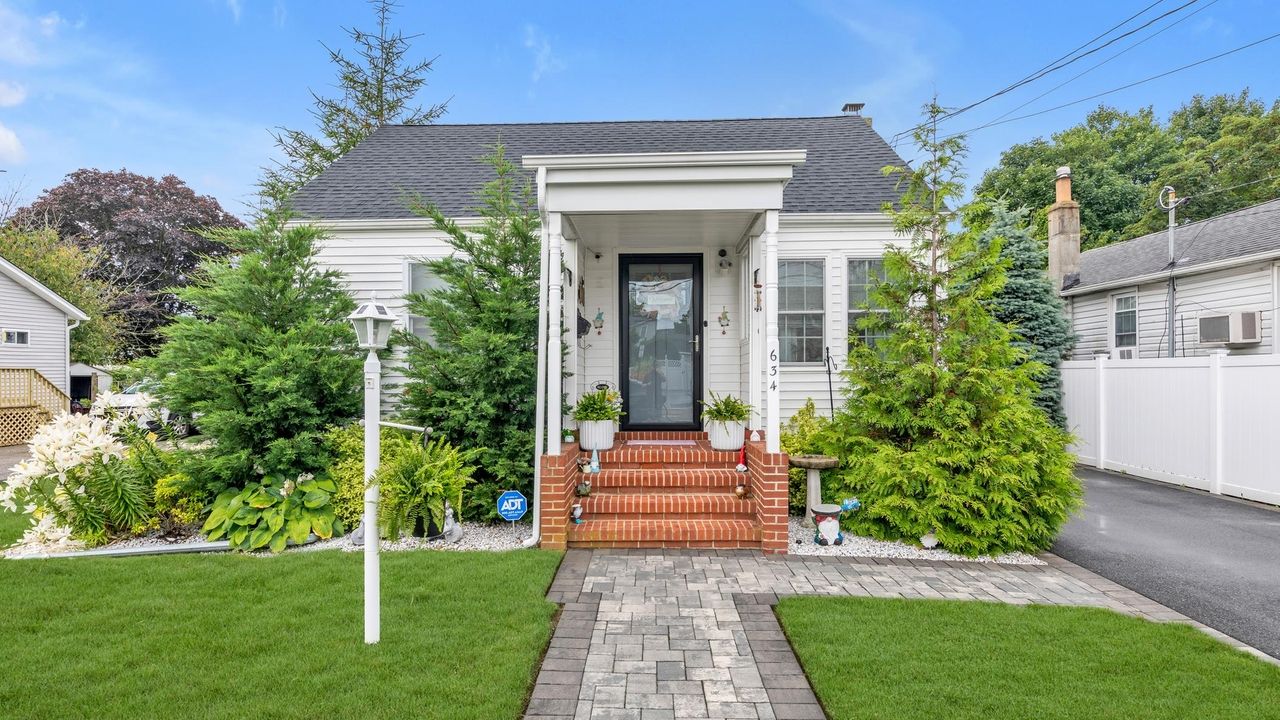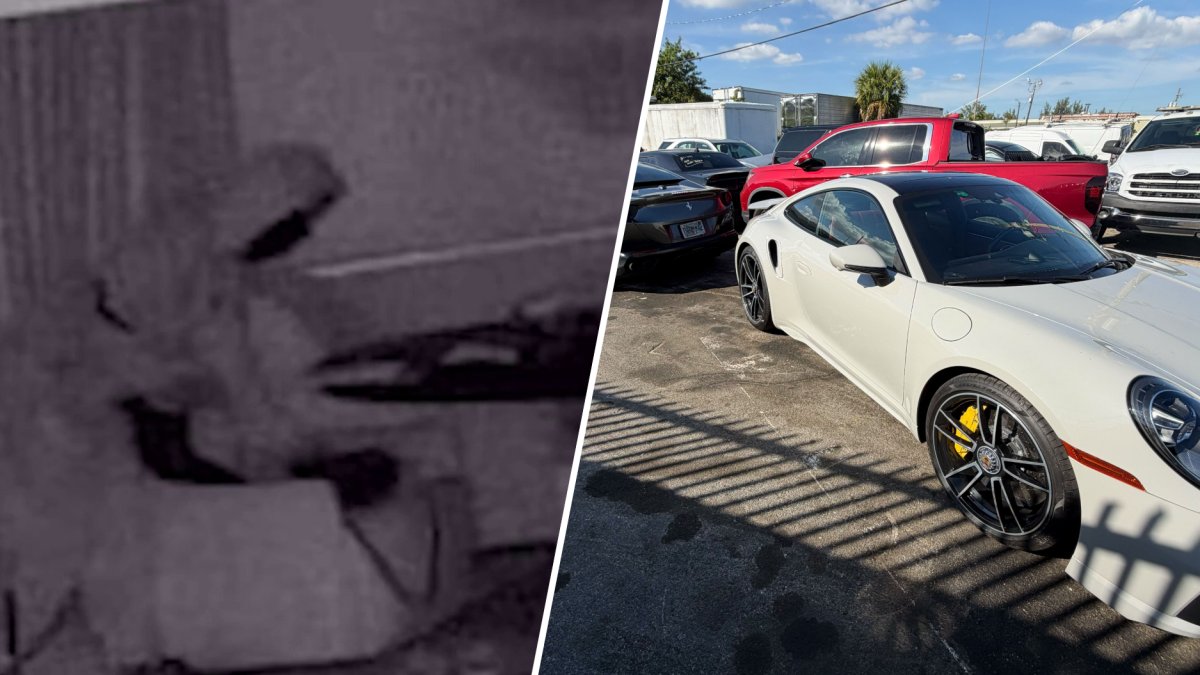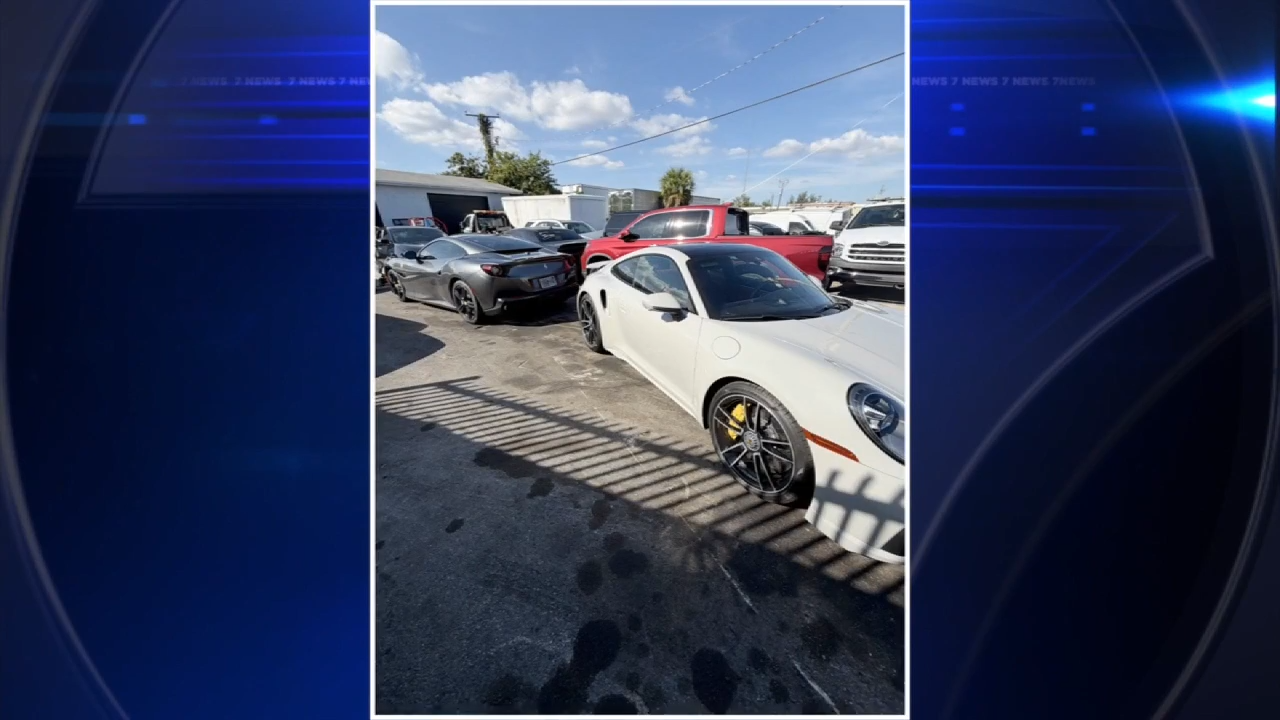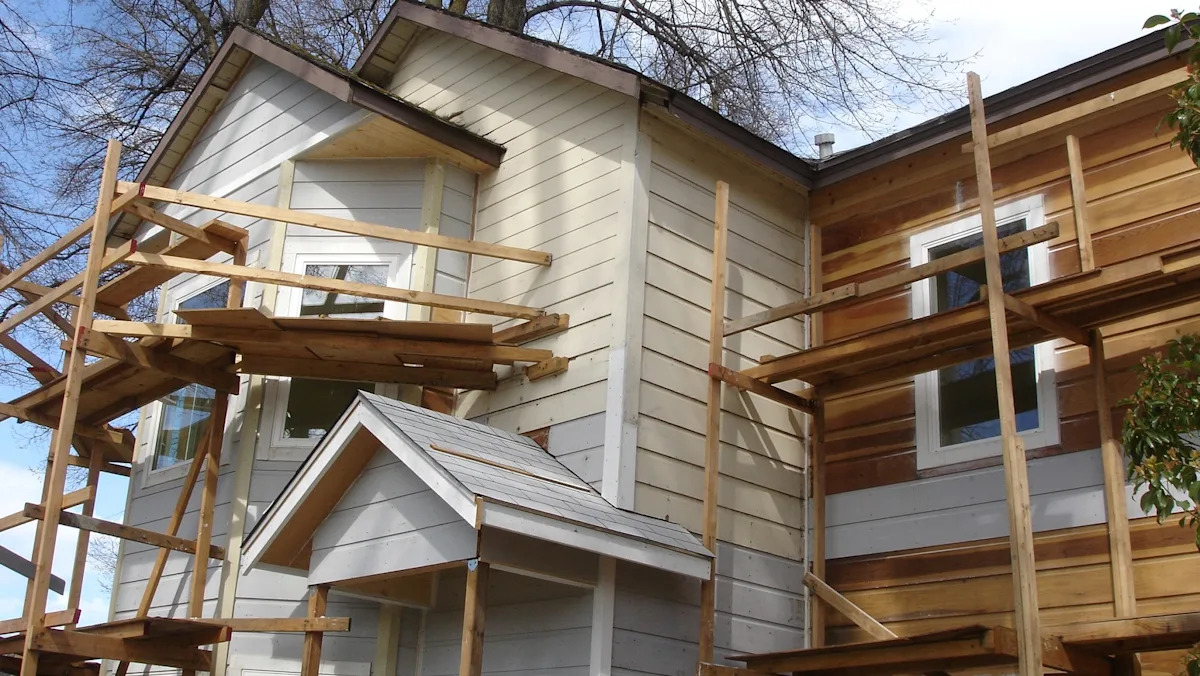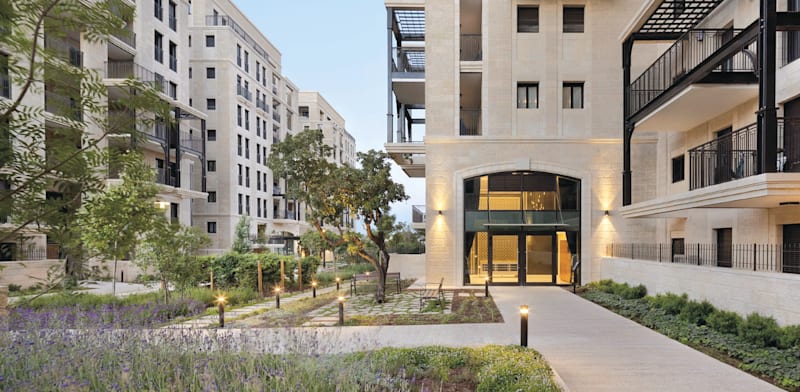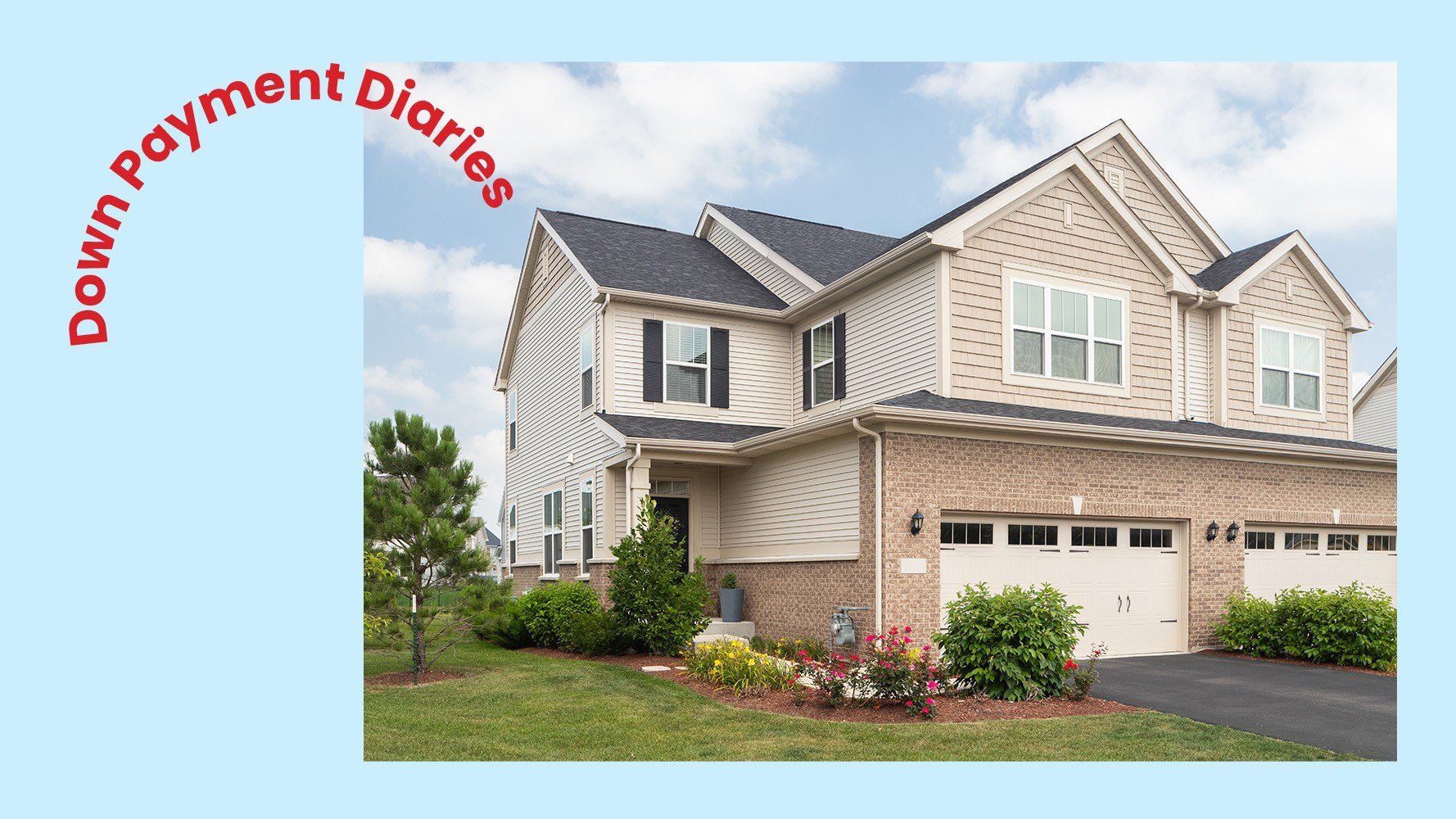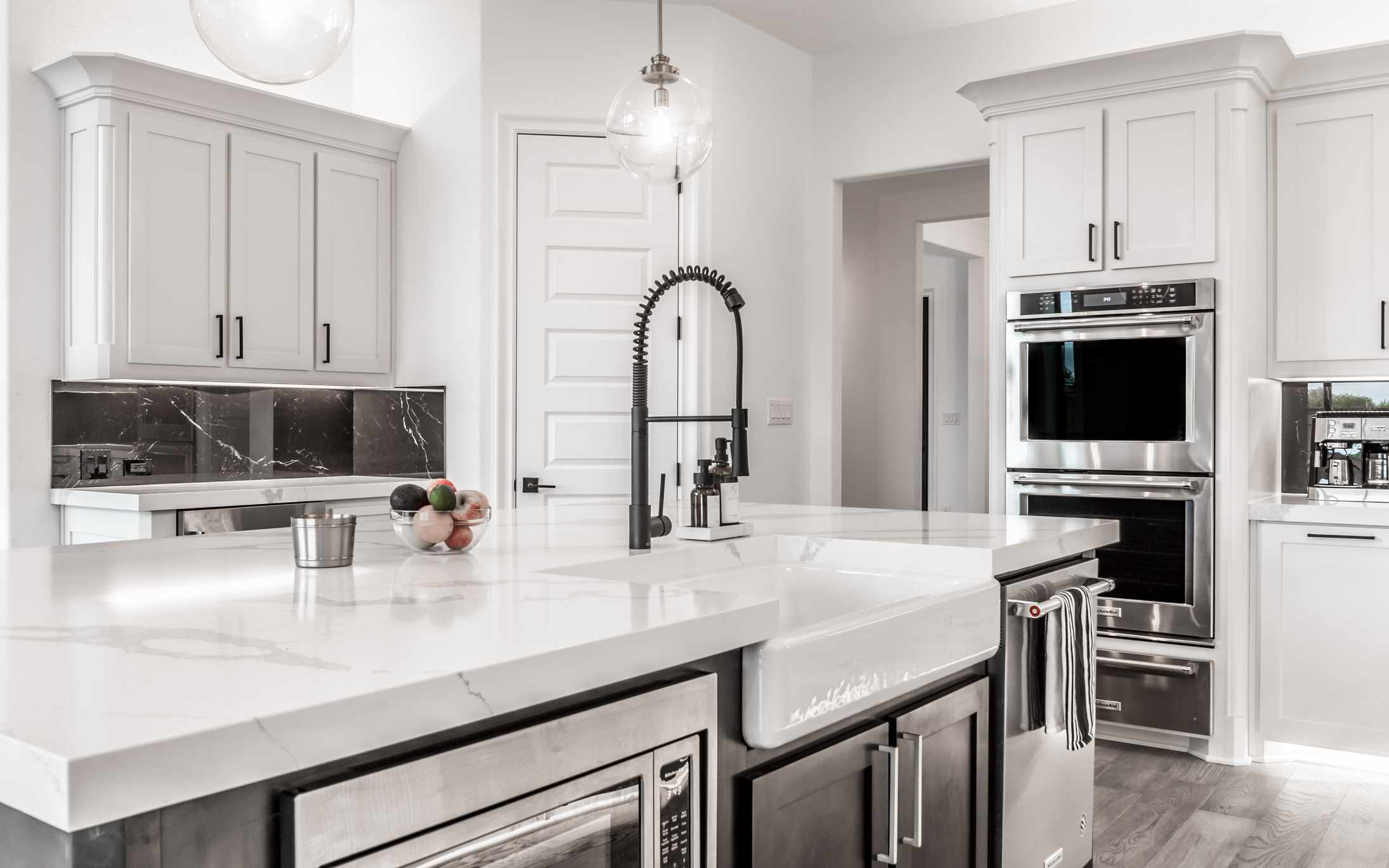T
om Postilio and Mickey Conlon have spent almost 45 years watching the real‑estate market evolve. Their experience shows a clear trend: most buyers now want a roomy, modern home that needs no immediate work. In a hot market like Long Island, that means many buyers must compromise on their wish lists or stretch their budgets. Even the classic “starter” home—small, dated, one bathroom, limited storage—is hard to find and often carries a premium price.
Conlon, a licensed associate broker at Compass, notes that the starter home is “becoming an endangered species.” He and Postilio see that buyers are willing to pay more for a finished, spacious property that can grow with them, reducing the stress of future upgrades. “It lets them settle in and avoid having to buy a bigger house later,” Conlon says.
Typical starter homes have 2–3 bedrooms and one bathroom. In Long Island’s low‑inventory, high‑demand market, fewer buyers are interested in these modest properties. Rising prices have eroded the appeal of starter homes. In August, Nassau County’s median sale price hit $875,000—up 5.4% from a year ago—while Suffolk County’s median was $714,000—up 5%. These figures illustrate the market’s intensity.
A real‑world example is Jonathan and Arianna Dutton, who bought a 1,500‑sq‑ft, three‑bedroom, two‑bathroom ranch in Farmingville for $525,000. The house was almost turnkey, with renovated kitchen and bathrooms, central air, and ample natural light. The couple, both medical technologists, appreciated the ready‑to‑move‑in condition. They avoided homes that required major work, even though such properties were priced similarly. Their agent, James Hogan of Douglas Elliman, helped them navigate bidding wars and secure the home within their budget. The Duttons now view their purchase as a potential starter home, hoping it will accommodate future family growth.
Douglas Elliman’s Tina Louise Vespoli, a certified buyer representative with 27 years of experience, advises buyers to focus on the “meat and potatoes” of a home—adequate space, cleanliness, and solid maintenance—rather than a perfect finish. She notes that many buyers, whether first‑timers or seasoned, skip starter homes and instead purchase properties that investors can renovate and flip. Vespoli encourages buyers to consider smaller homes that can be expanded later, especially in a competitive market.
Elizabeth Lowe, a licensed associate broker at Douglas Elliman, observes that the definition of a starter home has shifted. Fifteen years ago, buyers could find a starter home under $300,000 with two or three bedrooms and one bathroom. Today, such homes are rare, and first‑time buyers often spend $600,000–$700,000, turning the purchase into a long‑term investment rather than a starter. Lowe sees many small, dated homes being bought by investors for renovation and resale. She herself bought a fixer‑upper, invested in renovations, and sold it for a profit years later.
James Hogan champions the fixer‑upper approach. He argues that buyers can achieve a renovated dream home at a lower cost by purchasing a property that needs work and using a 203(k) loan—a federal program that bundles purchase and renovation costs into a single mortgage. Hogan explains that a $500,000 home with $80,000 of well‑executed renovations can be worth $700,000, giving the buyer the equity that would otherwise go to an investor. He encourages buyers to lean into homes with outdated countertops or cabinets, noting that materials can be sourced affordably and paint can dramatically improve the look.
Both Postilio and Conlon reflect on their own choices. If they could start over, they would buy smaller, update‑needed homes, live in them for a while, and then rent them out as investment properties. They advise buyers to consider their future plans: Will they stay in the area for work? Do they anticipate a growing family? “Life throws curveballs,” they say, “but get as much house as possible for your foreseeable needs.”
In summary, Long Island’s market has shifted buyers toward turnkey, spacious homes, making starter properties scarce and expensive. However, savvy buyers can still find value by focusing on essential features, considering fixer‑uppers with 203(k) financing, and planning for future growth.
